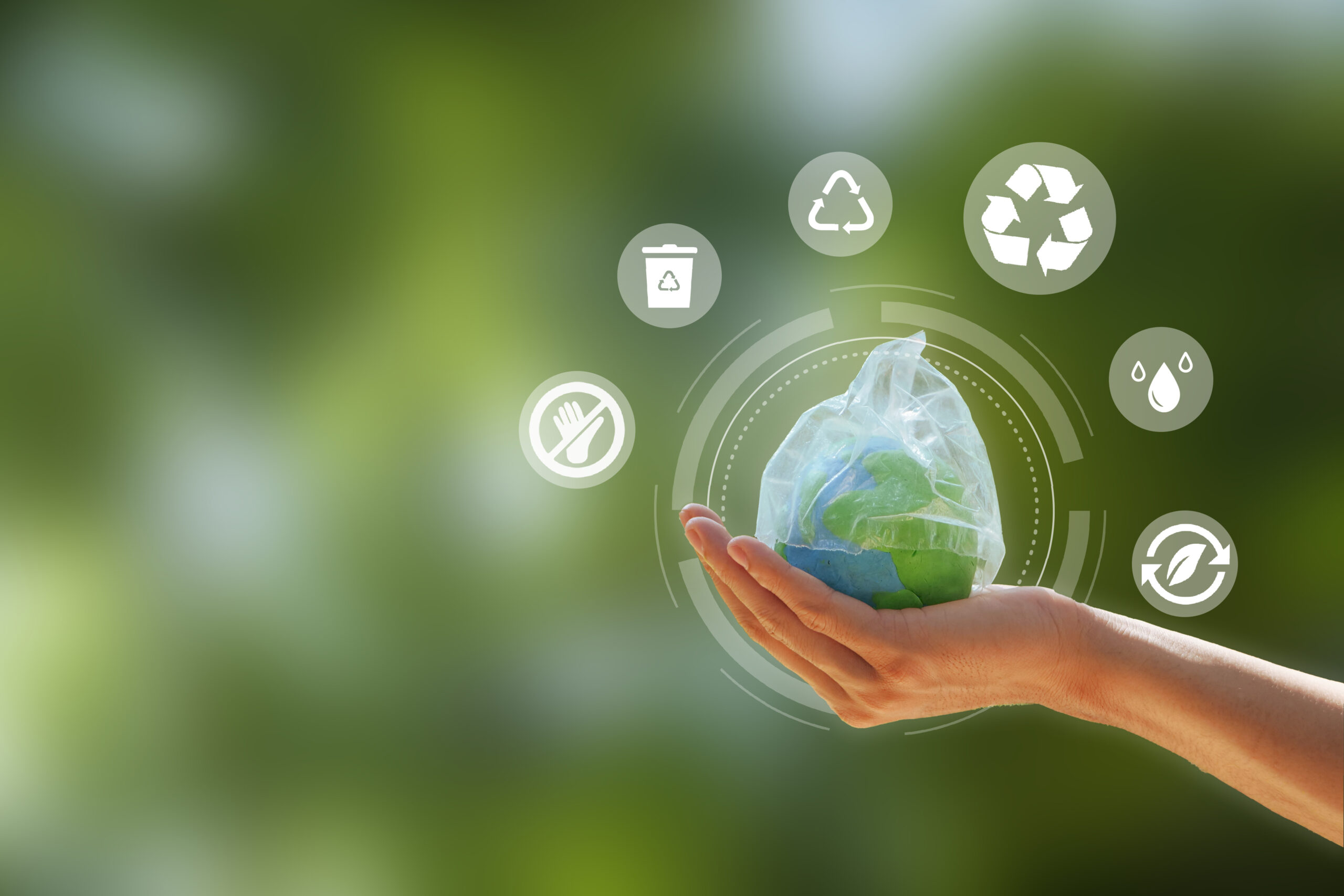Sustainable Fabrics and the Influence of Consumer Choices
In an era where environmental awareness is at the forefront of global consciousness, consumers are increasingly turning their attention to the impact of their choices, especially in the realm of fashion. Sustainable fabrics have emerged as a crucial element in the shift towards eco-friendly practices within the textile industry.
This article explores the significance of sustainable fabrics and the profound influence consumer choices can have on shaping a more environmentally conscious future.

The Urgency of Sustainable Practices
As consumers become more conscious of the environmental impact of their purchases, there is a growing demand for sustainable alternatives that align with ethical and ecological values.
Sustainable fabrics offer a solution to address these concerns, emphasising responsible sourcing, ethical production methods, and reduced environmental impact throughout the lifecycle of the product. By choosing sustainable fabrics, consumers play a pivotal role in steering the fashion industry towards more eco-friendly practices.
Understanding Sustainable Fabrics
Sustainable fabrics encompass a wide range of materials that are produced with a focus on decreasing environmental impact and promoting social responsibility. These fabrics are characterised by their eco-friendly sourcing, ethical production processes, and often, biodegradability. Here are some popular sustainable fabric options:
Organic cotton is grown without the use of synthetic pesticides or fertilisers. The cultivation process relies on natural methods, promoting soil health and reducing water consumption. Choosing products made from organic cotton supports a more sustainable and ethical agricultural system.
Hemp is a versatile and sustainable plant that requires minimal water and no synthetic inputs to grow. Known for its durability, hemp fibres create long-lasting textiles while leaving a smaller environmental footprint compared to traditional fabrics.
Recycled polyester is derived from post-consumer plastic bottles, diverting waste from landfills and reducing the demand for new raw materials. This process significantly lowers energy consumption compared to traditional polyester production.
Bamboo is a fast-growing plant that requires little water and no pesticides. The fibres derived from bamboo can be used to create soft and breathable fabrics. However, it’s essential to ensure that the processing methods are environmentally friendly, as some bamboo textiles involve chemical-intensive processes.
Consumer Choices: A Catalyst for Change
Consumer demand for sustainable fabrics directly influences manufacturers and retailers. As more individuals express a preference for eco-friendly options, brands are compelled to incorporate sustainable practices into their production processes. This, in turn, encourages the widespread adoption of sustainable fabrics throughout the industry.
In an era of information accessibility, consumers are increasingly seeking transparency from brands regarding their supply chains and production methods. Brands that embrace sustainable fabrics and practices are more likely to communicate their efforts openly. Consumers, armed with information, can make informed choices, holding brands accountable for their environmental and ethical commitments.
The more consumers educate themselves about sustainable fabrics, the more empowered they become to make environmentally conscious choices. Understanding the lifecycle of a garment, from raw material production to disposal, enables consumers to evaluate the true environmental impact of their purchases.
Sustainable fabrics are often associated with ethical labour practices. By choosing products made from these materials, consumers indirectly support fair wages, safe working conditions, and responsible sourcing of raw materials. This dual commitment to environmental and social responsibility contributes to a more holistic approach to sustainable fashion.
Consumer preferences have the power to reshape industry standards. As sustainable fabrics gain popularity, the fashion industry is forced to adapt to changing consumer attitudes. This shift is evident in the increasing number of brands embracing sustainable practices and incorporating eco-friendly materials into their collections.
Difficulties and Concerns
Some brands may engage in “greenwashing,” presenting a misleading image of environmental responsibility. Consumers should scrutinise claims and look for certifications from reputable organisations that validate a brand’s commitment to sustainability.
The environmental impact of a garment extends beyond its production phase. Consumers should consider the durability, care requirements, and eventual disposal of a product. Long-lasting items that require minimal maintenance and can be recycled or biodegraded contribute to a more sustainable wardrobe.
Sustainable fashion is often associated with higher price points due to the costs associated with ethical sourcing and eco-friendly production methods. While investing in quality and longevity aligns with sustainability goals, it’s essential to balance affordability to ensure broader accessibility to eco-friendly options.
The environmental impact of a fabric can vary based on factors such as transportation and production practices. While locally sourced materials may reduce carbon footprint, global considerations should also account for fair trade practices and ethical labour standards in all stages of production.
Conclusion
Sustainable materials are an important step towards developing a fashion business that is both ecologically responsible and ethically sensitive. Consumer choices are critical in driving this transition, persuading firms to embrace sustainable practices and prompting a larger movement towards eco-friendly fashion.
As customers, humans are given the ability to influence the future of the fashion industry through buying habits. By selecting sustainable textiles, promoting transparent methods, and pushing for responsible manufacturing, we help to create a world in which style and sustainability coexist. As the demand for eco-friendly products grows, customer decisions will have a beneficial impact, creating a more sustainable and ethical future for the fashion industry.


















